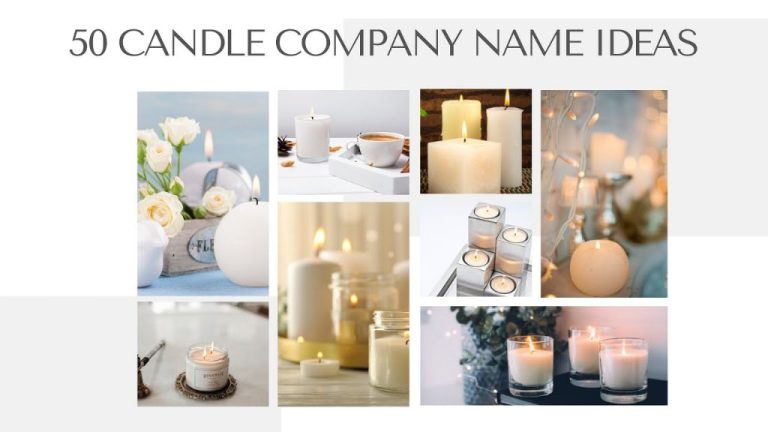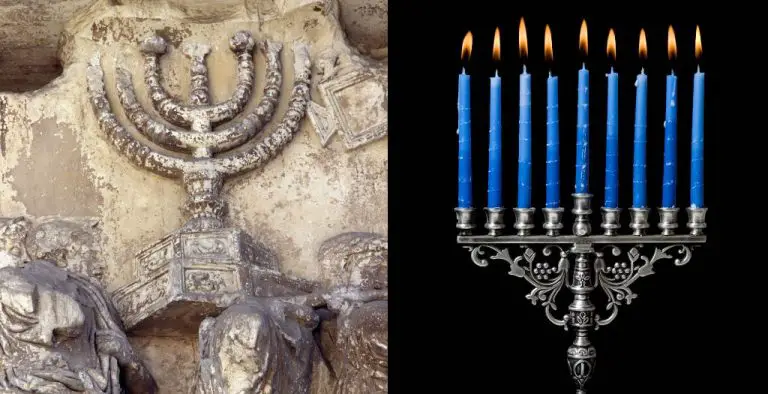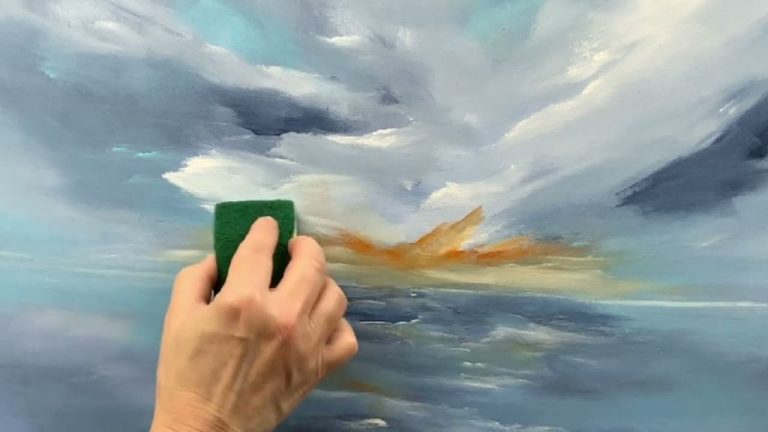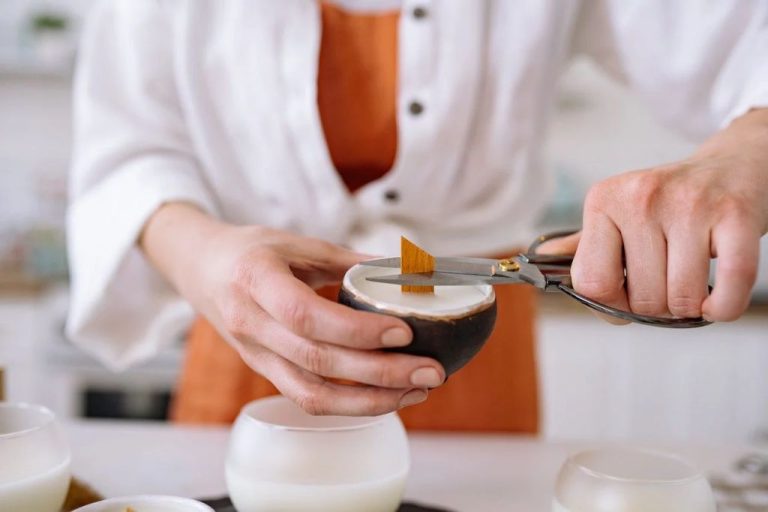What Settings Should I Use For Candlelight Photography?
Candlelight photography involves capturing images primarily using the soft, ambient lighting from candles. The candlelight creates a warm, intimate, and moody atmosphere that can result in evocative portraits, artistic still lifes, and romantic or mysterious scenes. While standard daylight or artificial lighting allows for maximum image clarity and sharpness, photographing by candlelight has a unique appeal. The flickering flame produces gentle highlights, deep shadows, and golden glows that set candlelit photos apart.
However, candlelight photography also poses some specific challenges. With very low lighting, longer shutter speeds are required, increasing the chance of blurry shots if subjects move. Blown-out highlights from the flames and dark, underexposed shadows around the edges of the frame are other issues. Limitations in autofocus capabilities can make capturing sharp focus difficult as well. Despite these hurdles, the creative possibilities of candlelight are worth exploring. With some planning, experimentation, and post-processing, photographers can leverage candlelight to produce evocative images full of ambience.
Camera Settings
When photographing in candlelight, it is important to use manual mode on your camera. This allows you to have full control over the exposure settings to properly capture the candlelight.
You will want to use a relatively low ISO, between 100-400. Higher ISOs will introduce more noise into the image which can ruin the mood. According to expertphotography.com, ISO 100 is ideal for crystal clear shots.
Open up your aperture as wide as possible, using a setting around f/1.8-f/2.8 if your lens allows. This will allow more light into the camera sensor. As noted in Shutterstock’s candlelight photography tips, wider apertures are preferable.
Use a moderately slow shutter speed, though not so slow that camera shake becomes an issue. Shutter speeds from 1/15s up to 1/60s are commonly recommended, as explained in this Shotkit article.
By using manual mode, a low ISO, wide aperture, and moderate shutter speed, you can properly expose candlelit scenes and create captivating ambience in your photographs.
Lighting
Proper lighting is essential for candlelight photography. There are a few key considerations when setting up lighting:
Use real wax candles rather than LED candles whenever possible. Real flame candles provide a warmer, more dynamic glow. However, LED candles allow more control over color temperature. Place candles strategically around the subject to sculpt the light. Position some candles closer to the subject to create brighter highlights.
Diffusers, reflectors, and fill cards can shape the candlelight. Diffusers soften and distribute the light. Reflectors bounce light back onto shadowed areas of the subject. Use white, silver, or gold reflectors depending on the desired effect. Fill cards placed opposite the key light provide soft, even illumination.
Experiment with the candle placement and diffusion to achieve the desired mood and lighting effect. Strive for a flattering illumination of the subject with a bright key light and smooth, gradual falloff into shadow.
For more guidance on professional candlelight setups, check out this tutorial from Shotkit: How to Create Amazing Candlelight Portraits.
Composition
When composing your candlelight photos, keep a few key composition techniques in mind to create more visually appealing images:
Use the rule of thirds to position the candles and other subjects off-center so they don’t look statically placed in the middle. Place key elements at the intersection points or along the lines that divide the frame into thirds vertically and horizontally.[1]
Incorporate lead lines like candle stands, table edges, or window frames to draw the viewer’s eye into the photo and towards the candles. Position and angle lead lines carefully.
Consider symmetrical vs. asymmetrical balance. Symmetrical compositions with candles lined up or mirrored on both sides can look elegant. Asymmetrical arrangements can seem more casual and intimate.
Use negative space wisely, allowing areas of shadow or empty space to offset and accentuate the candles and other subjects. Don’t clutter the entire frame.
Applying these composition techniques thoughtfully will elevate your candlelight photography.
Color Temperature
When shooting candlelight photography, it’s important to adjust your camera’s white balance setting towards the warm end of the spectrum. This is because candlelight itself has a warm, yellow-orange glow that you’ll want to capture in your photos. According to ExpertPhotography, you’ll generally want to set your white balance between 2000-3000K to get accurate colors in candlelit scenes.
You can also play around with intentional color casts or white balance mismatches to convey different moods. For example, setting your white balance cooler, towards the blue side, can create an eerie or mysterious vibe. Or going very warm can heighten the cozy, romantic feel. It’s artistic preference, but the point is to leverage white balance creatively to enhance the atmosphere you want to achieve.
Mood and Atmosphere
Candlelight photography allows you to create different moods and atmospheres depending on factors like lighting, composition, color temperature, and subject matter. Some popular moods for candlelight photos include:
Romantic – Position candles in strategic places around your photo or subject to create a romantic glow. Shoot dimly lit portraits of couples embracing or looking longingly at each other (source).
Cozy – Place candles in the foreground with a warmly lit subject behind to convey a cozy feel. Fireplaces, blankets, mugs, and books can enhance the coziness further (source).
Mysterious – Use low light conditions and shadows to add mystery. Backlight candles behind silhouettes or obscured faces for dramatic effects.
Calm – Shoot tranquil scenes like candles flickering in a dark room or illuminating a vase of flowers to create a peaceful ambiance.

Subjects
Candlelight lends itself beautifully to a variety of photographic subjects. Here are some of the most popular and effective uses of candlelight in photography:
Portraits
Candlelight creates a soft, warm glow that is flattering for portraits. Position the candle carefully to sculpt the subject’s face. Candlelight portraits evoke intimacy and can be romantic or moody (source: https://shotkit.com/candle-light-portrait-photography/). Try using a reflector to bounce light back onto shadows.
Still Life
Candles make ideal subjects themselves in still life photography. Experiment with compositions, angles, and focus. Capture the candle flames, melting wax, and candle glow. Add complementary elements like flowers, food, glassware, or holiday decorations (source: https://virtulook.wondershare.com/product-photos/candle-light-photo.html).
Food
The warm glow of candles creates an intimate ambiance for food photography. Use candles as dramatic backlighting or side lighting. Capture food, table settings, and dining ambiance in atmospheric candlelit scenes. Try flame reflections in glassware and utensils (source: https://expertphotography.com/candlelight-photography/).
Interiors
Candlelight brings warmth and atmosphere to interior photography. Capture softly lit living spaces, bedrooms, and other rooms. Try composing architectural details like arches, doorways, and staircases. Use practical light sources like wall sconces, chandeliers, and fireplaces to dramatize the scene.
Post-Processing
Proper post-processing can enhance the mood and atmosphere of your candlelight photos. Here are some tips for adjusting your images after capture:
Adjust the brightness and contrast to make the candle flames stand out. Increase the exposure slightly to make the flames brighter, while adding contrast boosts separation between the brighter flames and darker background.
Try color grading to set the mood. Warm, orange tones enhance the cozy feel of candlelight. Cooler blue tones create a more somber mood. Adjust white balance, saturation, vibrance and other color settings until you achieve the desired atmosphere.
Add lens flare and light effects to emphasize the light rays and glow of the candles. Use the brush tool to paint or mask in customized lens flare. Lower the opacity to integrate it naturally into the image. Glow effects along the candles’ edges also enhance their brightness.
Check out photography sites like Expert Photography for more tips on post-processing candlelight images.
Common Challenges
Candlelight photography can present some unique challenges. Here are some of the most common issues that can arise:
Underexposure – With just a small flame as the light source, images can easily be too dark or underexposed if settings aren’t adjusted properly. Using a slower shutter speed, wider aperture, and/or boosting ISO can help increase exposure.
Blown out highlights – On the other end of the spectrum, the small intense flame can easily get overexposed and blow out highlights if care isn’t taken. Spot metering just off the flame can help reduce this.
Color casts – The color of the candle itself can cast warm color casts over the entire scene. Adjusting white balance or color temperature settings can help compensate for this.
Motion blur – Longer exposures increase the risk of motion blur, especially when photographing people. Using a tripod, remote trigger, and posing subjects can reduce blur.
As recommended in this article, shooting some test shots and evaluating exposure and color balance before the actual shoot can help minimize these common issues with candlelight photography.
Conclusion
In summary, candlelight photography requires balancing proper camera settings, lighting techniques, thoughtful composition, and post-processing to achieve the desired mood and atmosphere. The warm glow of candlelight offers an intimate, romantic ambiance that makes it appealing for portraits, still lifes, and artistic shots. With some practice and experimentation, the dramatic effects of candlelight can add flair and intrigue to your images. The key is controlling the variable of the flickering flame to capture candlelight at its most evocative. Mastering candlelight photography provides endless creative possibilities for emotive and memorable photographs.




